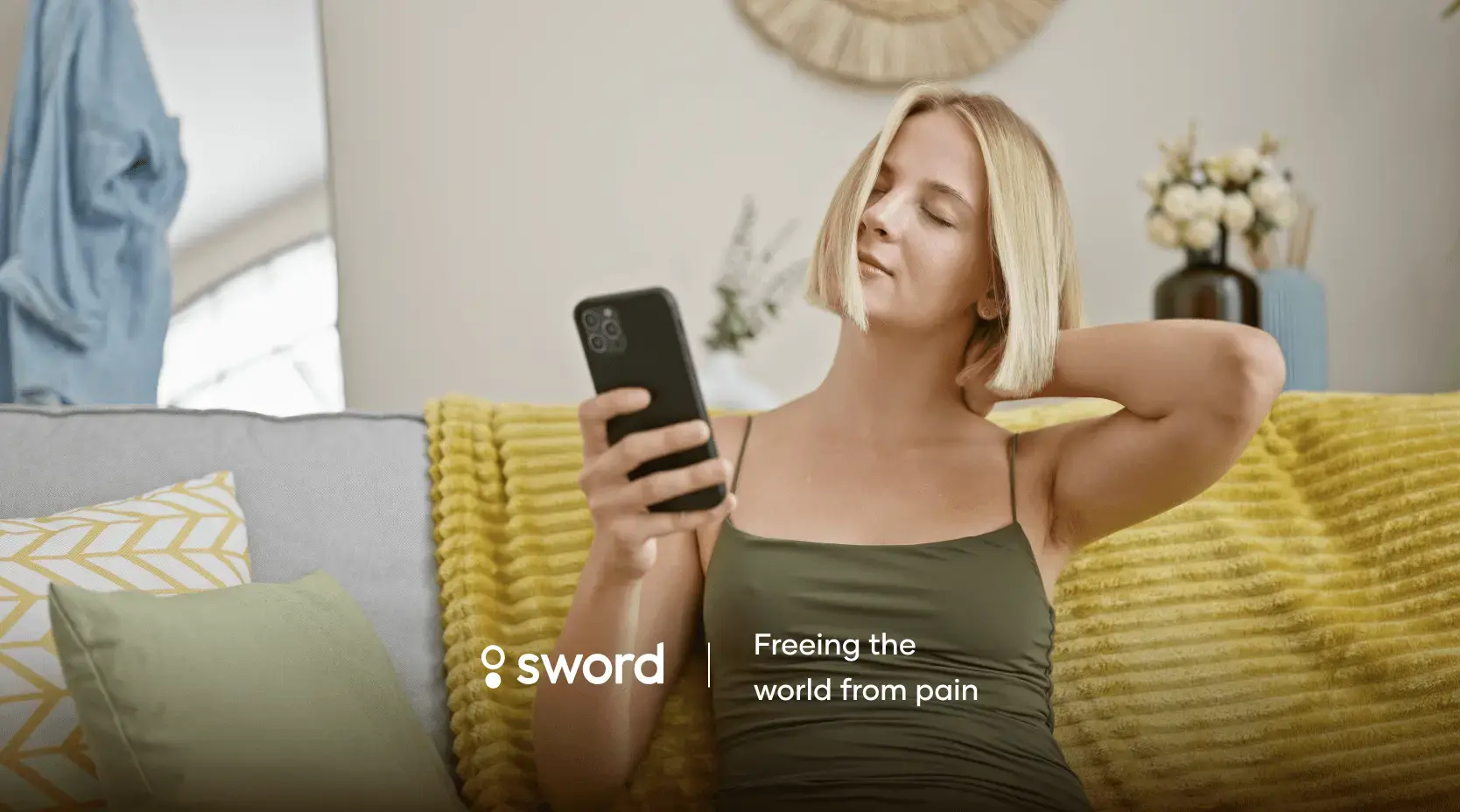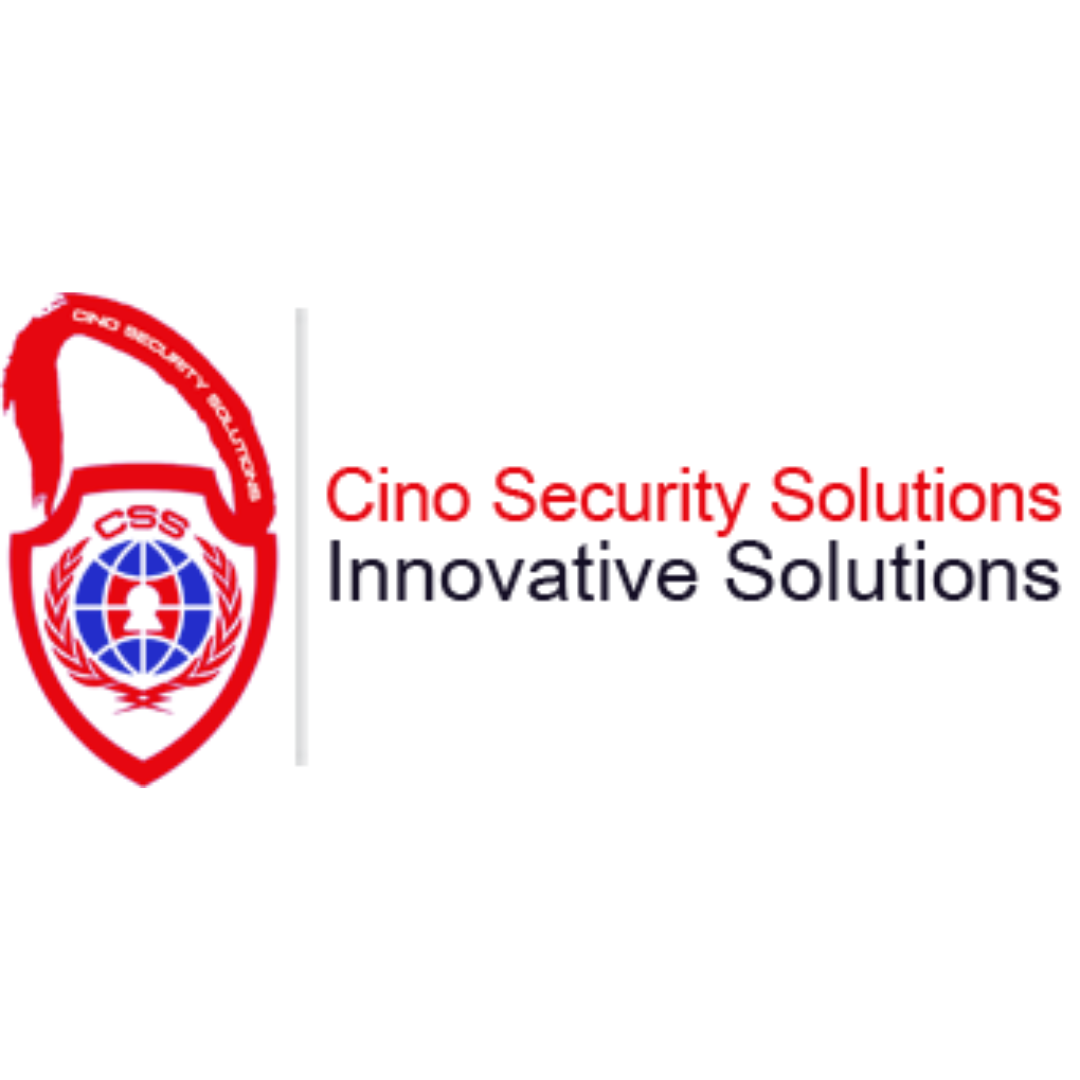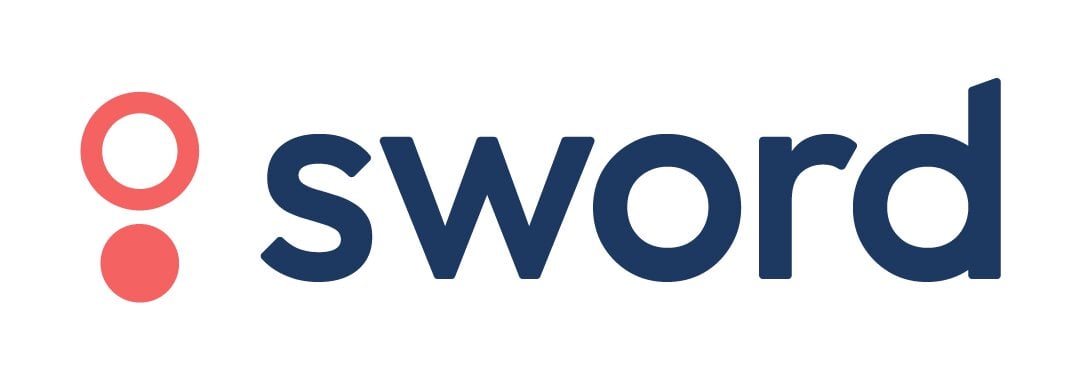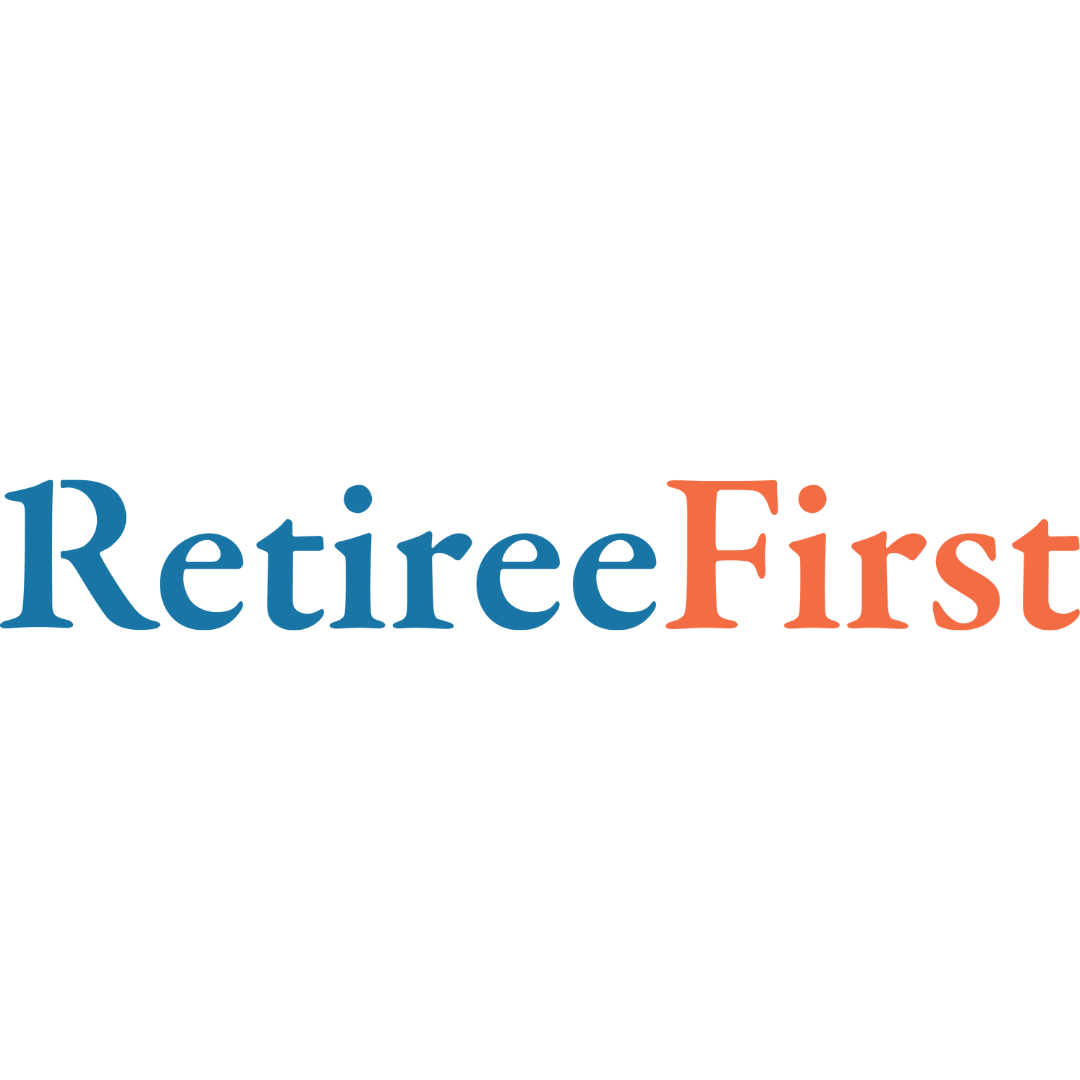On-Call Lowers Healthcare Costs by Reducing Unnecessary ER and Urgent Care Visits
Sword Solutions
October 24, 2023
8 min read

Physical pain always feels urgent. When you are in the throes of a pain episode, it can be difficult to step back and objectively evaluate the gravity of your pain—which is why it’s understandable that many people experiencing pain rush to the nearest emergency room or urgent care center to seek answers and relief from a professional. In fact, up to 78% of people who visit the ER are in pain.
But the reality is that the ER is not designed to address pain unless it is life-threatening or requires immediate surgery—for instance, a major broken bone, or chest pain that could be indicative of a heart attack. Urgent care centers are appropriate for pain associated with less serious injuries and illnesses, such as smaller cuts that may need stitches, or a sore throat.
But a lot of physical pain does not fall into either of these categories and, unfortunately, does not have a quick and easy fix. Chronic and recurrent pain, for example, require interdisciplinary treatment over the long term, which urgent care centers and ERs can’t provide.
That’s why Sword Health created On-Call, a text-based solution that provides 24/7 access to pain specialists—so that when you are in pain, you can be chatting with a qualified professional in under five minutes. They’ll tell you whether a visit to the ER or urgent care is necessary. In the many cases when it’s not, they’ll help you determine the best way to find both short- and long-term relief from your pain.
For companies, On-Call is a game-changer in both the short and long terms as well: In the immediate, it eliminates the cost of unnecessary ER and urgent care visits. Over time, it puts your people on the path to real and lasting relief from chronic pain through multimodal care, which means fewer pain episodes and related expenses down the line.
Keep reading to learn more about the high cost of avoidable office visits and the money-saving power of On-Call.
The High Cost of Avoidable ER and Urgent Care Visits
According to one multicenter study, underlying chronic pain conditions exist in 40% of ER patients presenting with pain, or 28% of all ER patients. For half of those, or 14% of all ER patients, an exacerbation of the chronic pain condition is the reason for the ER visit. While there are things the ER can do for this large population of patients to temporarily ease their pain, the long-term management—or better, elimination—of chronic or recurrent pain demands more than the ER is designed to offer. The ER is set up to save lives via triage care, not to provide health education and access to integrated, specialty-level care.
Using the ER for non-emergency pain is unnecessarily costly, inconvenient, and can have negative consequences for all parties involved: the patient, their health plan/employer, the ER staff, the other patients awaiting care in the ER, and the healthcare system writ large. Let’s break it down:
- ER wait times are often prohibitively long for patients whose pain is not considered critical.
- Going to the ER for non-emergencies contributes to overcrowding and can lead to adverse events for patients in critical condition.
- An ER visit costs $1,389 on average—far too high a price to pay if it’s not necessary, for both patient and payer.
- Avoidable ER visits add $32 billion a year to national healthcare costs in the U.S.
- Only about half of ER patients with chronic or recurrent pain receive referrals to pain specialists or information on pain management—the very things that would prevent them from finding themselves in the same position in the future.
While urgent care centers are the appropriate setting for non-emergency pain of some kinds, they are also not equipped to handle the complexities of many types of pain. Like the ER, they are likely only going to offer short-term relief from chronic pain flare-ups. And urgent care is less costly than the ER, but it is still not cheap. The average cost of an urgent care visit for sprains, strains, and joint pain is $175—even though, in many of those cases, all they are able to do is suggest over-the-counter anti-inflammatory medication and at-home recovery techniques such as ice and compression.
The Limitations of Primary Care as a Solution
Many people cite primary care as the key to avoiding unnecessary ER visits. The thinking is that primary care providers (PCPs) offer patients general health education, which boosts their health literacy. The Centers for Disease Control and Prevention defines personal health literacy as “the degree to which individuals have the ability to find, understand, and use information and services to inform health-related decisions and actions for themselves and others.” A great example of this is knowing when it is appropriate to go to the ER vs. an urgent care center or your regular doctor.
In theory, PCPs are also patients’ first point of contact with the healthcare system, which allows them to serve as the keepers of patients’ health records and the coordinators of all their specialty care. For patients with complex health conditions such as chronic pain, having a high-quality PCP reduces the burden of navigating the complex healthcare system, increases continuity of care, and reduces the risk of acute episodes that could lead to ER visits.
While all of this is true—and primary care is critically important—there is a problem: lack of access.
- In the U.S., 13 million people live in primary care provider deserts, or areas where there aren’t enough PCPs to meet local demand. On average, these areas have one full-time PCP for every 10,449 people, causing a potential caseload over 3x the recommended level.
- As a result, waiting lists to see PCPs tend to be long. On average, Americans wait 21 days to get a new patient appointment. And, if the PCP suggests going to a specialist, average appointment wait times are even longer for most specialties than they are for primary care.
- PCPs typically work during normal office hours: approximately 9 AM to 5 PM. This can cause scheduling conflicts for patients who work or have other obligations during those hours.
When it comes to primary care’s ability to avert unnecessary visits to the ER and urgent care, the fact that pain doesn’t always strike during business hours is a further limitation. On top of that, “Many primary care providers feel uncomfortable managing chronic pain, rating chronic pain second only to mental illness as a clinically challenging area.” So, while many people who go to the ER or urgent care for pain do have an established relationship with a primary care provider, they end up seeking pain care elsewhere when they feel the care their PCP can provide is inaccessible, ineffective, or incomplete.
The Answer: On-Call
When you are in pain and want immediate answers—and relief—the answer is On-Call.
- What is On-Call?Instant access to Clinical Pain Specialists from a mobile device, no matter where you are
- When can you use On-Call?24/7, 365 days of the year
- How does On-Call work?Open the Sword Health app and type a question or concern directly in the chat. A Clinical Pain Specialist (never a bot) will respond directly within minutes.
On-Call combines the expertise of Clinical Pain Specialists with AI to deliver the best clinical care at scale. First, AI sorts through scientific research and millions of clinical papers to locate the most relevant data and clinical evidence in seconds. Then, the Clinical Pain Specialist uses that data to help them make an informed decision about the best course of action to address your pain.
Unlike the ER, Sword Health’s Clinical Pain Specialists are equipped to address non-emergency pain, whether it is chronic, acute, or recurrent. They will put you on the appropriate path to interdisciplinary, nuanced care—which may include:
Their goal is to help you find immediate relief from your pain—and also to reduce or eliminate your pain over time by attacking it at the source.
So whether you pull your back in the middle of the night, have a crippling headache, or have a chronic pain flare-up, we’ve got you covered—no appointments, commutes, waiting rooms, or copays necessary. When pain strikes, On-Call points you in the right direction, so you’ll never have to worry about what to do next.
Companies, what does On-Call mean for you?
It means your people are spending less money on unnecessary healthcare visits and less time in pain. It also means they’re more likely to be put on a pain care journey that eliminates their pain for good. A pain-free workforce is a far more productive and engaged workforce. If you want to learn more about the power of On-Call, request a demo.






























